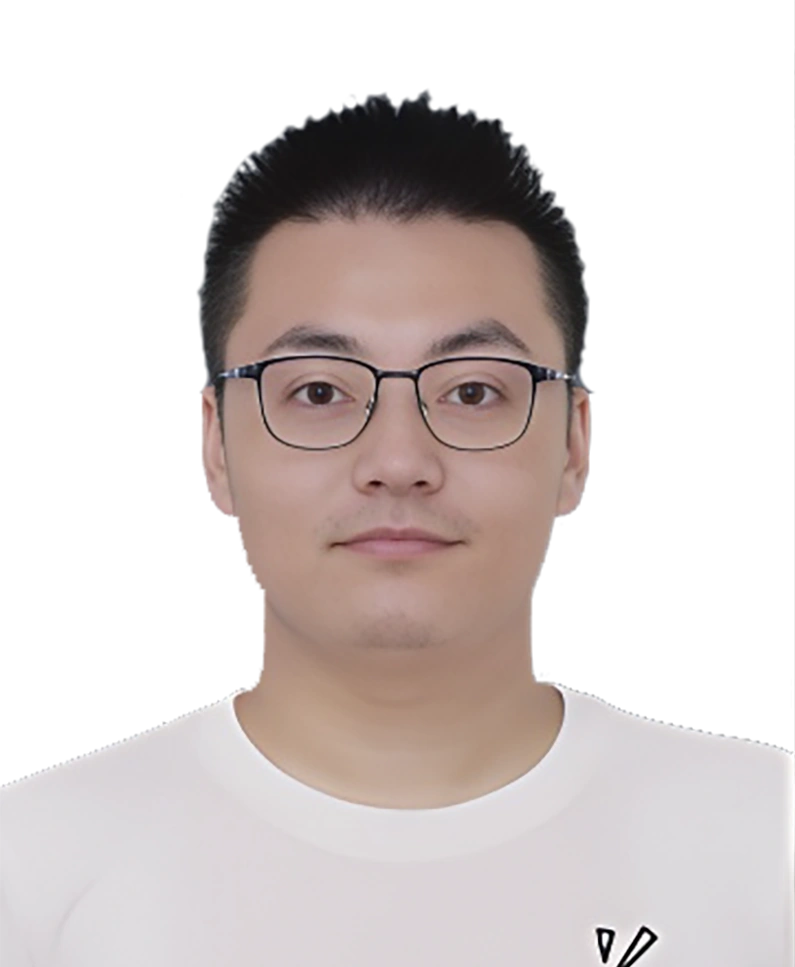Yang Xiaohui

Title:Associate Research
E-mail: xiaohuiyang@xmu.edu.cn
2024 - Present
Associate Professor
College of Chemistry and Chemical Engineering, Xiamen University
2022 - 2024
Postdoctoral Researcher/Associate Researcher
National Engineering Research Center for High-end Electronic Chemicals (Reorganized)
2020 - 2022
Postdoctoral Researcher
College of Chemistry and Chemical Engineering, Xiamen University (Mentor: Jun Cheng)
2016 - 2019
PhD
Department of Chemistry, University of Aberdeen, UK
2014 - 2016
Master's Degree
School of Chemistry and Chemical Engineering, Queen's University Belfast, UK
2010 - 2014
Bachelor's Degree
School of Chemical Engineering, Beijing University of Chemical Technology
Selected as a Xiangtan Young Top Talent (Category B) at Xiamen University
1. Hong Kong Applied Science and Technology Research Institute Collaborative Project, Research and Development of XXX AI Models and Usage Interface Project, 2024-02 to 2025-02, 550,000 HKD, ongoing, first participant
2. Huawei Horizontal Collaboration Project, Research Project on Development of Deep Potential Molecular Dynamics XXX, 2022–2024, 1.71 million CNY, ongoing, First Participant
3. National Natural Science Foundation of China, Key Program Project, 21991151, Study on the Structure and Electrochemical Behavior of Electrode/Polyelectrolyte Interfaces, January 2020 to December 2024, 4.8 million CNY, ongoing, Participant
Main research direction is electronic electroplating material screening for chip manufacturing, dedicated to combining artificial intelligence with electrochemical computational methods, focusing on computational simulation and intelligent design of dedicated plating solution additives in electronic electroplating.
1. X.-H. Yang, M. Papasizza, A. Cuesta, and J. Cheng, “Water-In-Salt Environment Reduces the Overpotential for Reduction of CO2 to CO2– in Ionic Liquid/Water Mixtures,” ACS Catal 12, 6770–6780 (2022).
2. X.-H Yang, Y. Zhuang, J. Zhu, J. Le, and J. Cheng, “Recent progress on multiscale modeling of electrochemistry,” Wiley Interdiscip. Rev.: Comput. Mol. Sci. 12(1), e1559 (2021).
3. X.-H. Yang, A. Cuesta, and J. Cheng, “The energetics of electron and proton transfer to CO2 in aqueous solution,” Phys Chem Chem Phys 23(38), 22035–22044 (2021).
4. X.-H. Yang, A. Cuesta, and J. Cheng, “Computational Ag/AgCl Reference Electrode from Density Functional Theory-Based Molecular Dynamics,” J Phys Chem B 123(48), 10224–10232 (2019).
5. X.-H. Yang, P.-B. Kang, F.-J. Xu, Y.-C. Jin, Y.-H. Tang, Y.-Y. Su, J.-P. Qiu, and J. Cheng, “Artificial intelligence and computational chemistry: a new perspective for electroplating-surface-interface research,” Sci. Sin. Chim. 53(10), 1940–1953 (2023).
6. J.-Q. Yang, J.-P. Qiu, L. Jin, Z.-Y. Wang, T. Song, Y. Zhao, X.-H. Yang*, J. Cheng, F.-Z. Yang*, and D.-P. Zhan*, “Molecular structure impacts of tetrazole derivatives on their diffusion and adsorption behaviors for microvia copper void-free filling,” Surf. Interfaces 44, 103679 (2024).
7. Y.-X. Yang, X.-H. Yang, M.-L. Huang, L.-W. Wu, Z. Liu, J. Cheng, and Y.-F. Huang, “In Situ Spectroscopic Elucidation of the Electrochemical Potential Drop at Polyelectrolytes/Au Interfaces,” J. Phys. Chem. Lett. 15(3), 701–706 (2024).
8. J.-B. Le, X.-H. Yang, Y.-B. Zhuang, M. Jia, and J. Cheng, “Recent Progress toward Ab Initio Modeling of Electrocatalysis,” J Phys Chem Lett 12(37), 8924–8931 (2021).
9. M. Papasizza, X. Yang, J. Cheng, and A. Cuesta, “Electrocatalytic reduction of CO2 in neat and water-containing imidazolium-based ionic liquids,” Curr Opin Electrochem 23, 80–88 (2020).